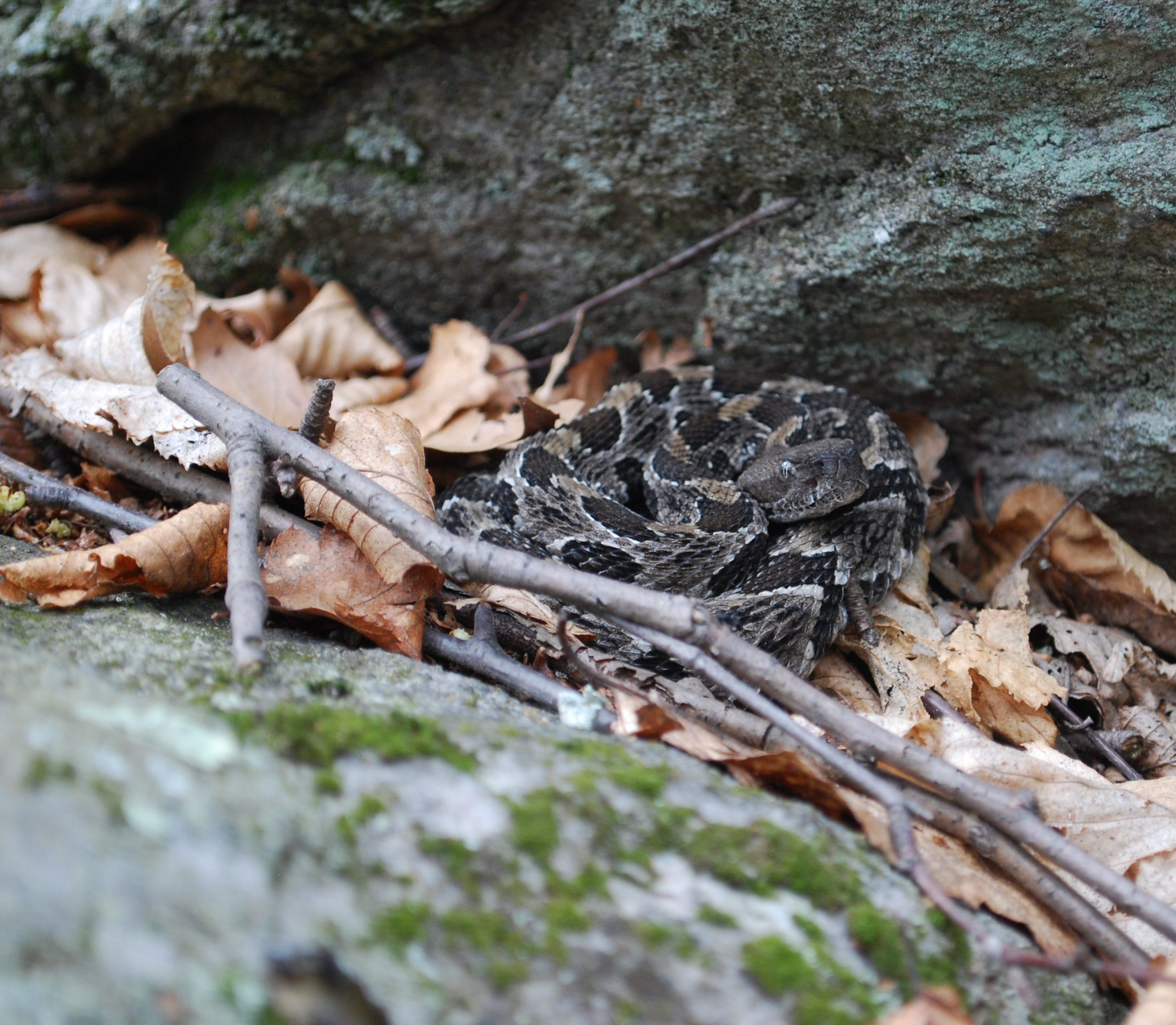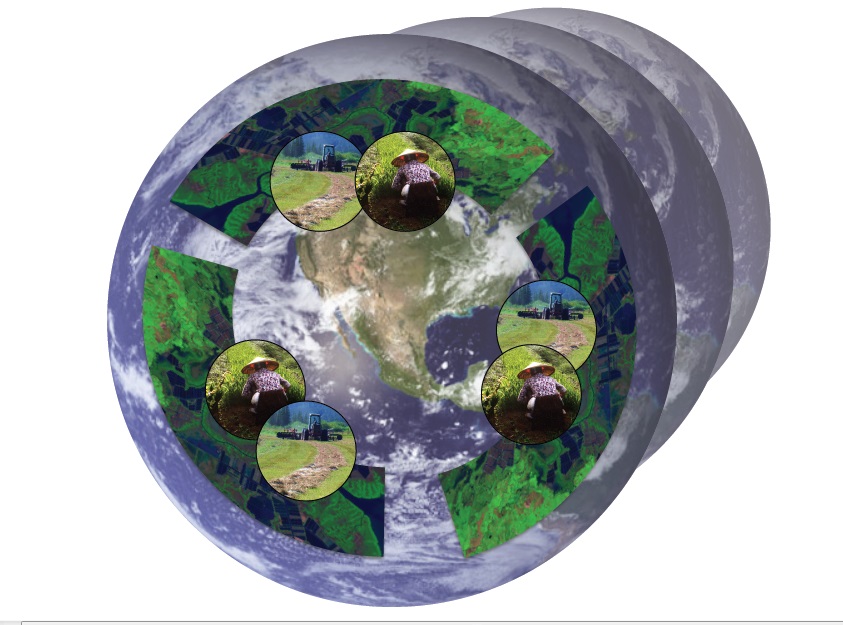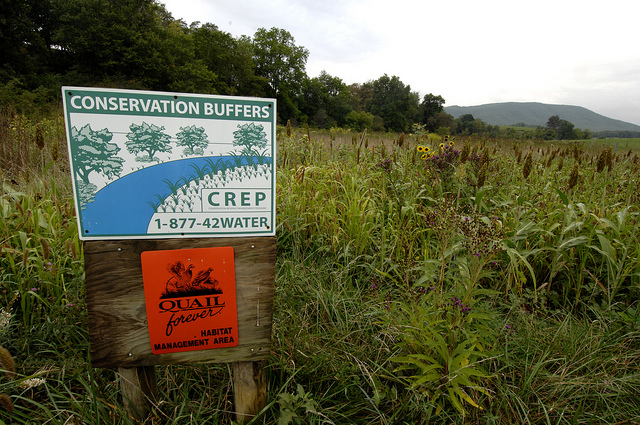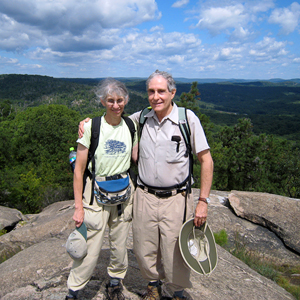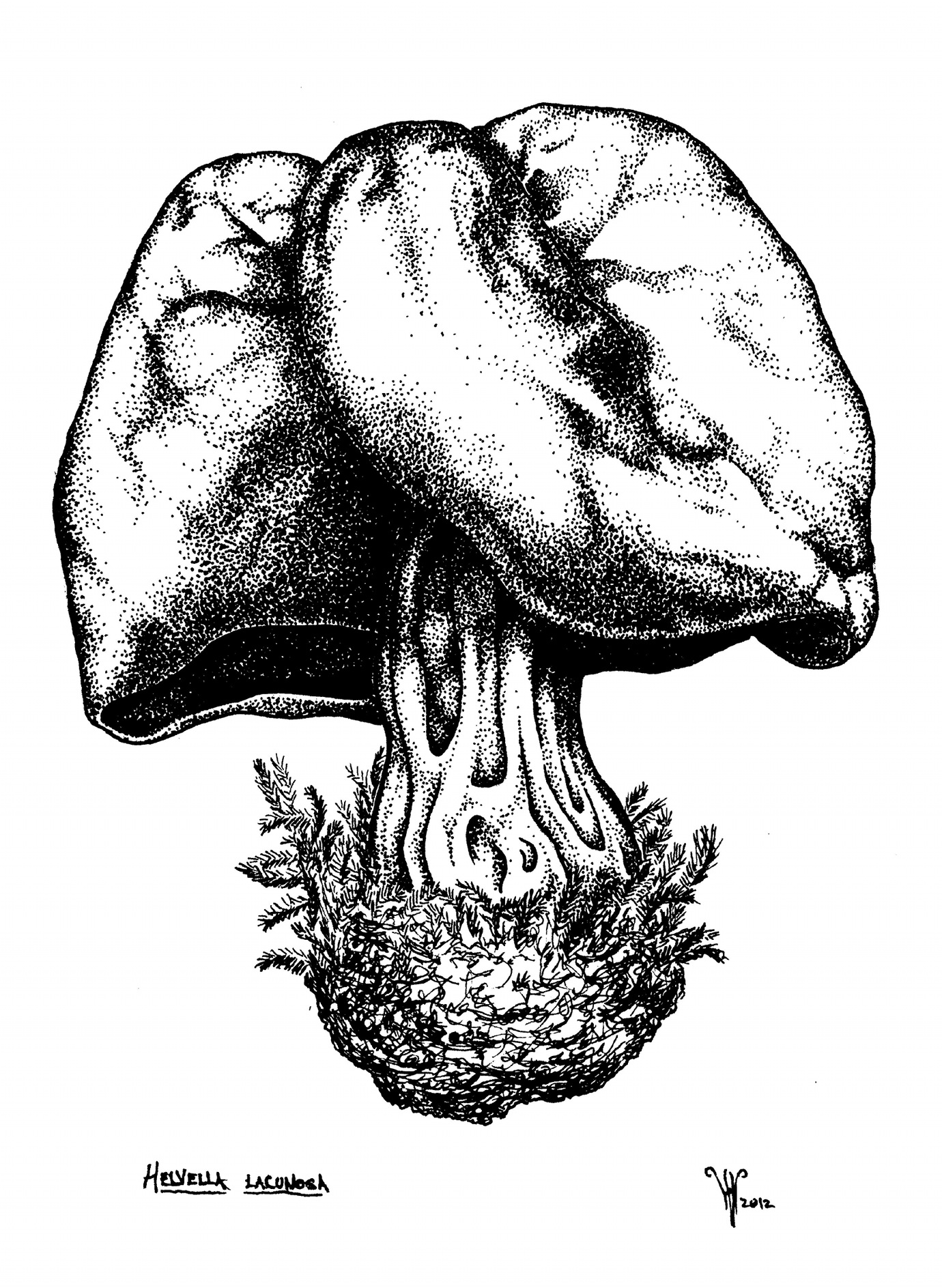
Slime, spores…fungi!
One of many sessions that will focus on species interactions at ESA’s 2013 Annual Meeting by Nadine Lymn, ESA director of public affairs As different from plants as plants are from animals, Fungi feature varieties that decompose dead organisms, engage in mutually beneficial relationships with other species, cause disease to plants and animals, and act as predators and parasites. Mycologists—those who study…

